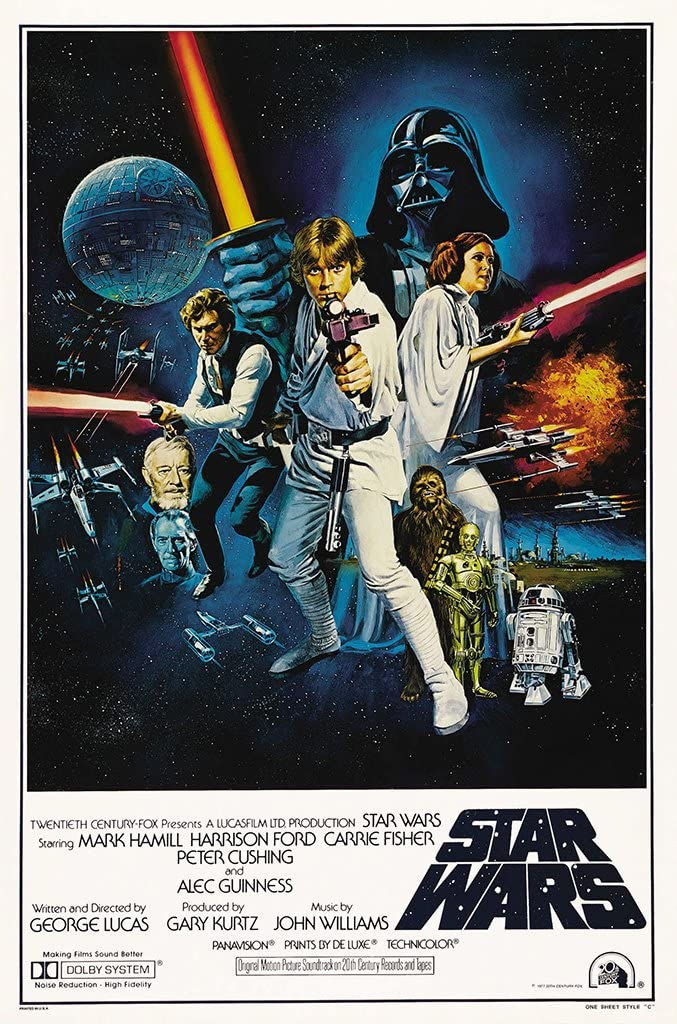6. Schindler's List
- sallysmith

- Aug 16, 2020
- 2 min read
This very moving film was shot on location and set in German-occupied Poland in World War II, industrialist Oskar Schindler had become worried about the welfare of the Jews that worked for him after he saw first-hand the Jews being persecuted at the hands of the Nazi Party.
Schindler’s List (1993) was directed by Steven Spielberg and is based on the 1982 historical fiction book Schindler’s Ark by Thomas Keneally, who had become the films writer and Steven Zaillian did the screenplay. The New York Times stated that Poldek Pfefferberg, upon learning that Keneally was an author, explained the story of how he, his wife and thousands of Jews had their lives saved by a Nazi factory owner (Schindler) in WWII. Pfefferberg was a consultant in the making of the film.
Liam Neeson takes the lead in this adaptation, with Ralph Fiennes as the antagonist. As written by the LA Times, Schindler’s List was made on a $22m budget and grossed $321.2m globally. For the execution of the film Spielberg declined to receive a pay check, referring to it as “blood money” as reported by the Independent. Forbes estimated that as of 2020 Spielberg’s net worth was $3.6bn, so he wasn’t hugely out of pocket at the time. This movie was a gamble, so Spielberg had been commissioned to release Jurassic Park at the same time should the film flop, as Schindler’s list was a gamble with black and white photography and being 3 hours long (The Independent, 2018). Luckily the film had been a success at the box office and among critics and won 7 Academy Awards including best picture and best director.
The haunting film is good because it mastered the WWII setting and is conscious of costume design. The story is done well because it has adapted a real-life event with realistic characters and shows the journey of character development to emotionally move the audience.
Schindler’s list had been designed to educate the general public about the holocaust and did this well. It was not for people with a finely tuned historical memory. With this in mind, Time magazine questions whether it was the best Holocaust story, but commends it on its ability to have reached a “Tremendous” number of people, who may not have been exposed to it.
The film uses cinematography to highlight the harrowing nature of the story well. Wide-angle deep focus mise en scene is inter played with the realism of documentary style hand-held shots. I am somewhat critical of the fact, the film isn’t afraid of its movie-ness as it is a darker part of human history and should not be trivialised. With that said the film does not make light of the historical chapter. Harsher critic J. Hoberman told the LA Times in 1994 he felt Schindler’s List’s fault was that “He made a feel-good movie about the ultimate feel-bad experience,”. With these factors considered I scored Schindler’s List 66.5.
Judging Criteria
SCRIPTURAL INTEGRATION - 20 points: 10
STORY/SCREENPLAY - 10 points: 7
DIRECTOR - 10 points:7
CINEMATOGRAPHY - 10 points:7.5
EDITOR - 10 points:6.5
PRODUCTION DESIGN - 10 points:7
ORIGINAL MUSIC SCORE or SCORE EFFECTIVENESS (if not original) - 10 points: 6.5
SOUND DESIGN - 10 points:7
ACTING - 10 points: 8
TOTAL SCORE 100 POINTS. : 66.5




Comments